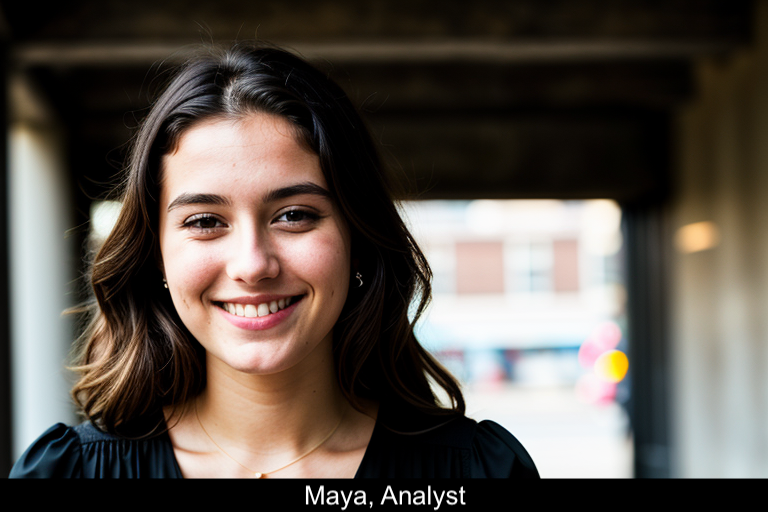The tragic incident in New Orleans raises critical questions about urban safety and the effectiveness of security measures in preventing acts of terrorism. As the city prepares for the NFL Super Bowl, this event shines a light on the malfunctioning security barriers, known as bollards, which were in the process of being repaired. These structures have been vital for protecting crowded pedestrian areas, particularly in high-traffic places like the French Quarter. The absence of these barriers enabled a horrific attack that left 14 dead and more than 35 injured, prompting swift calls for increased security and reforms in public safety policies.
Understanding the incident requires a closer examination of the known problems with the bollards. Mayor LaToya Cantrell acknowledged that clogs from Mardi Gras beads led to malfunctions, which pushed officials to undertake repairs ahead of a major event. In cities worldwide, bollards play a crucial role in safeguarding crowded spaces, as they protect against vehicle attacks that can result in mass casualties. However, experts warn that relying solely on physical barriers isn’t enough to guarantee safety.
The aftermath of this attack has initiated a renewed discussion about urban security measures and the importance of thorough risk assessments. New Orleans Police Chief Anne Kirkpatrick pointed out that despite police presence and existing barriers, the incident still occurred, suggesting that a multi-faceted approach to security is necessary. Suggestions for improvement may include enhanced surveillance, more robust emergency response protocols, and community awareness programs. It’s essential to reflect on the limitations of existing security strategies and consider innovations that address vulnerabilities.
In the broader context, terrorism continues to be a harrowing reality in densely populated urban areas. The FBI’s previous assessments identified the French Quarter as a ‘risk and target area for terrorism.’ This indicates that local authorities have long recognized the potential for such acts. Now, as they adjust immediate security plans for subsequent events, it remains imperative to address systemic issues rather than merely reacting to crises.
As New Orleans moves forward, it’s crucial to engage in increased transparency about security implementations and failures. Citizens deserve to understand how their safety is being prioritized and what steps are being taken to prevent tragedies in the future. Continued community dialogue about security measures can help foster trust and collaboration between city officials and residents.
Ultimately, while the New Orleans tragedy is a somber reminder of the underlying vulnerabilities present in urban environments, it also serves as an opportunity for cities to reassess and innovate their safety protocols. By emphasizing a strategy that combines physical barriers, informed urban planning, and community engagement, cities can work towards minimizing risks associated with mass gatherings and better prepare for the unexpected challenges that lie ahead.
In conclusion, as New Orleans approaches the Super Bowl, both officials and citizens must remain vigilant. Past experiences, expert insights, and community discussions will play pivotal roles in redefining urban security. This is not only about shielding against potential terrorist attacks but also about fostering an environment where public safety is continuously improved. The conversations initiated by this tragic incident are necessary for shaping a more secure future and ensuring that public gathering spaces are safe for everyone. The lessons learned must translate into tangible actions that enhance the resilience of urban centers against evolving threats.




